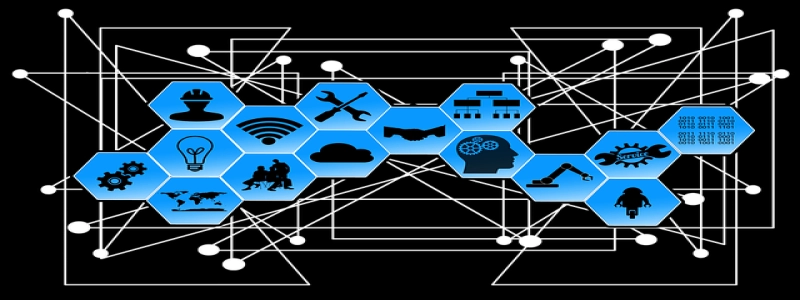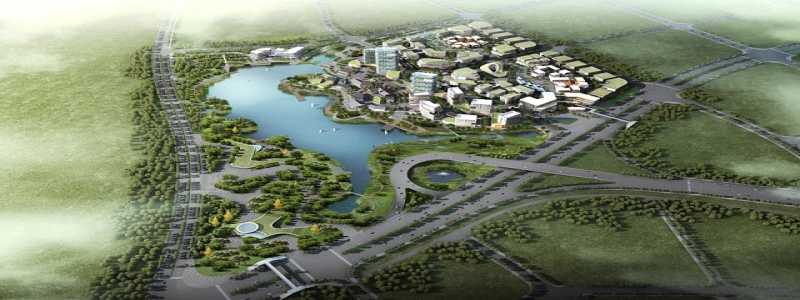Ethernet Cable Alternative
소개
With the rapid advancements in technology, it is possible to find alternatives to traditional ethernet cables for networking purposes. Ethernet cables have long been the go-to option for connecting devices to local area networks (LAN) and the internet. 하지만, there are situations where ethernet cables may not be the ideal choice, such as in remote locations, large areas, or where aesthetics are a priority. 이 기사에서는, we will explore some viable alternatives to ethernet cables and discuss their advantages and limitations.
Wi-Fi
One of the most widely used alternatives to ethernet cables is Wi-Fi. Wireless Fidelity, or Wi-Fi, enables devices to connect to a network without the need for physical cables. Wi-Fi utilizes radio frequency signals to transmit data between devices and access points. It offers the convenience of mobility, as devices can connect to the network from anywhere within the range of the Wi-Fi signal. Wi-Fi is ideal for home networks, small offices, and areas where wiring is impractical. 하지만, it may suffer from signal interference, limited range, and potential security vulnerabilities.
Powerline Networking
Powerline networking is another popular alternative to ethernet cables. This technology allows data to be transmitted through existing electrical power lines in a building. Powerline adapters are used to convert the data signal into a format that can be carried by the electrical wiring. These adapters are plugged into electrical outlets and can provide a reliable and secure wired connection. Powerline networking is particularly suitable for large buildings or houses with thick walls where Wi-Fi range may be limited. 하지만, performance can vary depending on the quality of the electrical wiring, and speeds may be lower compared to direct ethernet connections.
Wireless Mesh Networks
Wireless mesh networks have gained popularity in recent years as a flexible alternative to ethernet cables. This technology utilizes a network of interconnected nodes, called mesh nodes, to distribute the network signal. Each mesh node acts both as a transmitter and receiver, providing a more efficient network coverage. Wireless mesh networks are especially useful in large areas, such as factories, campuses, or outdoor spaces, where running ethernet cables can be impractical or costly. They offer scalability, as additional nodes can be added to expand the network. 하지만, the initial setup and configuration may be complex, and performance can be affected by interference from walls, obstacles, or other wireless devices.
Fiber Optic Cables
For those seeking the fastest and most reliable alternative to ethernet cables, fiber optic cables are an excellent choice. Fiber optic cables use light signals to transmit data over long distances at extremely high speeds. They offer higher bandwidth, lower latency, and are immune to electromagnetic interference. Fiber optic cables are commonly used in data centers and high-bandwidth applications where speed and reliability are critical. 하지만, fiber optic cables can be more expensive to install and require specialized equipment for termination and splicing.
결론
While ethernet cables remain the standard for reliable and secure wired connections, there are alternative options available for specific situations. Wi-Fi, powerline networking, wireless mesh networks, and fiber optic cables offer flexibility and convenience in different scenarios. It is important to consider factors such as range, 성능, security, and cost when selecting the appropriate alternative to ethernet cables. Ultimately, the choice will depend on the specific needs and requirements of the network setup.







